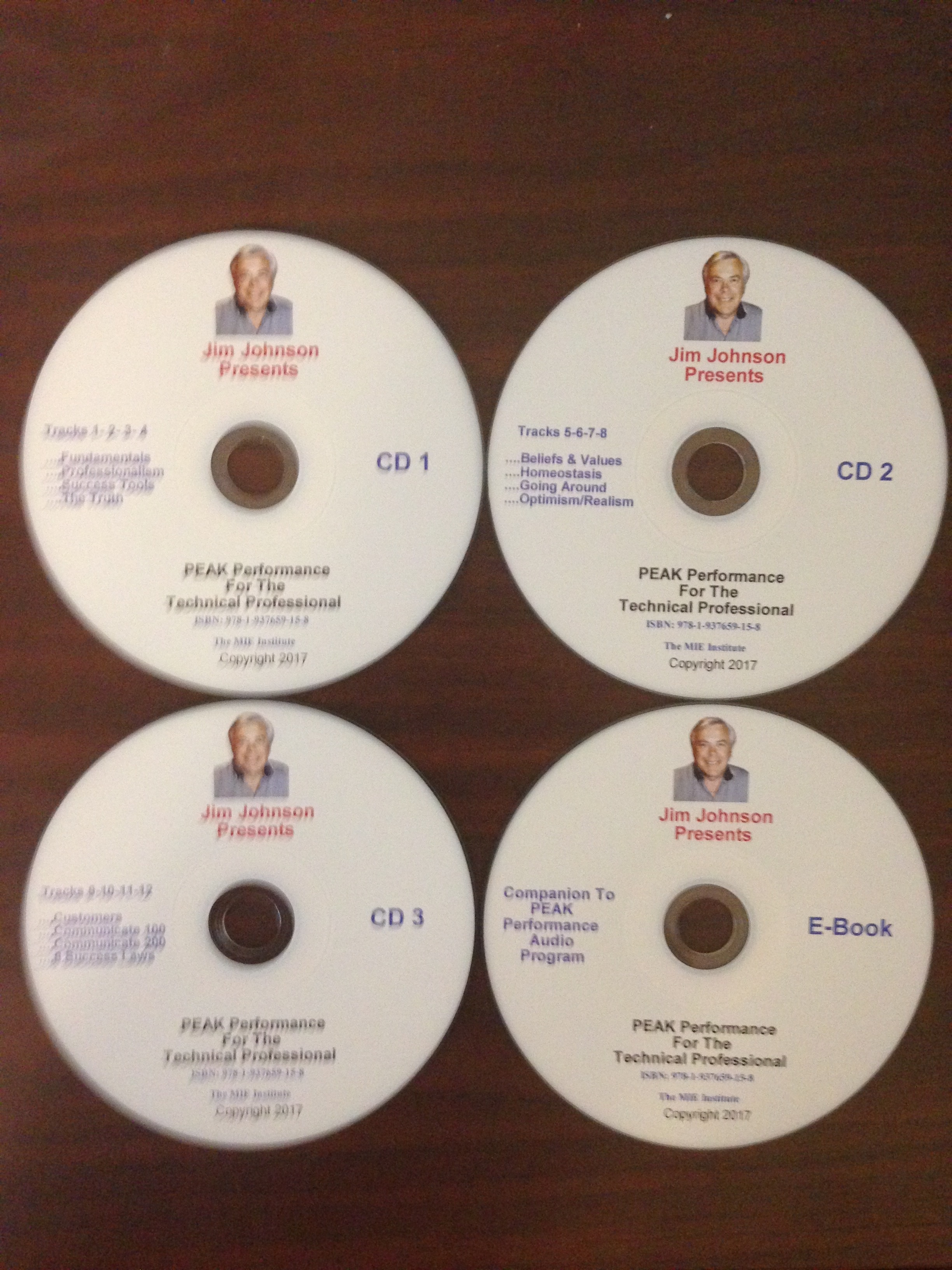The funny faces and colorful symbols you see, or use, in your texts, chats, posts and emails are one of the most distinctive aspects of online communication. Understanding them can help you be understood, or to understand.
Smileys, emoticons and emojis are all meant to communicate emotion.
Smileys and emoticons are largely synonymous and describe online punctuation that consists of standard keyboard characters. The most common is a colon followed by a right parenthesis, or :), which is a smiling face rotated 90 degrees counterclockwise.
Emojis can be tiny pictures of actual faces, and many computer programs, tablets and smartphones today offer them as one of their standard features. Emojis can represent human faces and animal faces, and some aren’t even faces at all but hearts, flowers, fruit or just about anything else you can think of.
Digital punctuation marks came into existence in the early 1980s to help prevent dashed-off online communications from being misunderstood.
Emojis can also be a fun and twinkly envelope for your online letters. A tiny picture may not be worth a thousand words, but it can still be a whimsical addition to the sentences you write.
Despite the variety of emojis available these days, most people on the social media network Facebook express laughter the old-fashioned way. A new Facebook study shows that 51.4 percent of Facebook subscribers use haha (or a variation such as hahaha or haahhhaa), 33.7 percent use an emoji, 13.1 percent use hehe and 1.9 percent use LOL (Laughing out loud). Still another way of expressing laughter or a grin, not measured in the study, is <g>
-
The French are the biggest users of heart emojis. -
Canadians use the most sports-oriented emojis. - Americans are the heaviest users of emojis related to bags of money, basketballs, birthday cakes, slices of pizza and eggplants.
Also, according to the SwiftKey study, the most popular emojis around the world in general are happy faces (44.8 percent) followed by sad faces (14.3 percent), hearts (12.5 percent) and hand gestures (5.3 percent).
Less popular but still measurable are monkeys, parties, flowers and clocks.
Emoticons and emojis are a partial substitute for tone of voice, facial expressions and body language. Be careful, though, not to overuse them.
Doing so can make your meaning more difficult to decipher, not less.
In a similar vein, avoid too much dropping of standard punctuation as well as standard spelling, capitalization, grammar and usage, which some people do with online communication. Doing this can also shift too much of the burden onto readers.
Some traditionalists avoid and even scorn emoticons and such, regarding them as silly modern crutches. But emoticons, acronyms, and similar conventions aren’t new. Telegraph operators in the mid-19th century used acronyms such as IMHO (in my humble opinion) and FWIW (for what it’s worth) when communicating among themselves, according to the book The Victorian Internet by Tom Standage. Later, teletype operators used emoticons when chatting. In both cases, it was to save time.
What’s more, question marks, exclamation points and other standard punctuation promote the correct understanding of meaning, and this is the reason they came into use in the first place.
The exclamation mark was introduced into English printing in the 15th century. As with emoticons, the exclamation mark’s usage varies in different parts of the world. In French and German, for instance, it can be used after a nonexclamatory request. The question mark came into being in its present form in the 13th century.
Not all new punctuation marks catch on. In the 19th century, the “irony mark,” a small, elevated, backward-facing question mark, was unsuccessfully proposed to signify that a sentence has a secondary meaning, such as irony or sarcasm.
Though it hasn’t happened yet, some emoticons may someday become as accepted as exclamation points and question marks. Until they do, it’s safe to assume that emoticons and emojis are inappropriate in some situations, in buttoned-down business writing, for example, and that using them there won’t make you look good.
Probably the best advice for the use of emoticons and emojis in online communication is to follow the conventions of those you’re communicating with. Most important, you want to make sure your readers understand what you’re trying to say.








